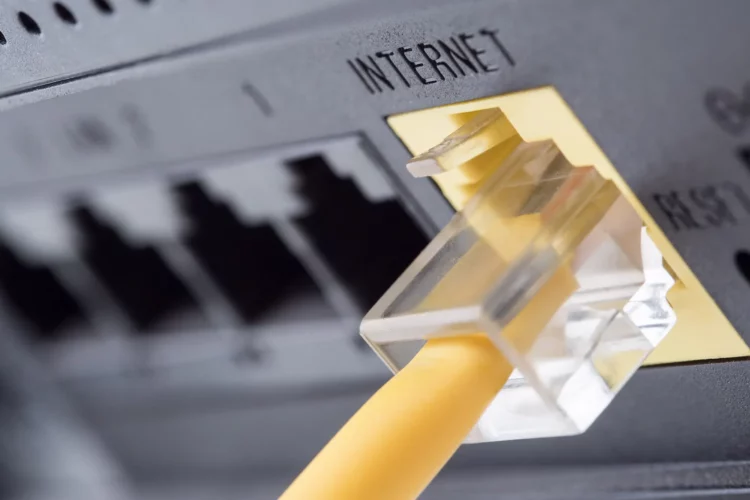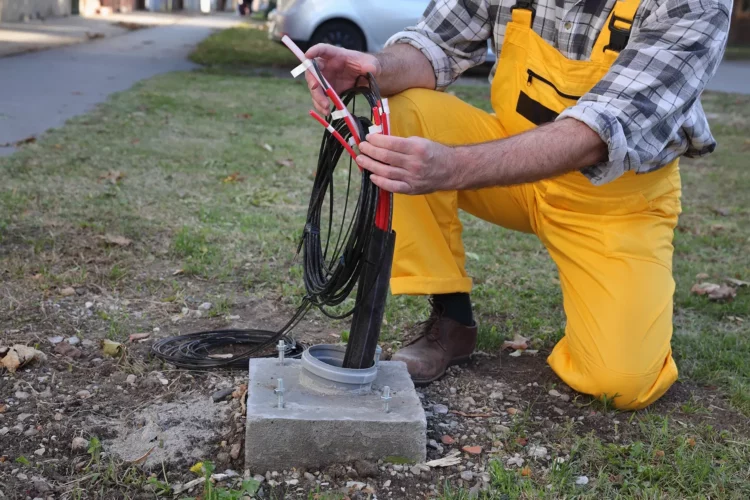The importance of having stable high-speed internet is ever-increasing, especially with more services going online. Thankfully, there are about 5 billion people who have access to a stable internet connection. Even those that live outside of cities can access rural high-speed internet.
Internet connectivity in rural southern Ontario has increased slowly in these past years. However, many rural Ontario areas still don’t have access to high-speed internet. If you are one of the lucky few that can access high-speed internet service despite living in a rural area, what options do you have?
Today we will go over some of the options you may have in your area. If you are unsure of the available choices, be sure to check an internet coverage map to see which high-speed internet connection is available in your area.
Internet Options
There are five different high-speed internet options for rural areas that some internet providers may provide. The internet provider may suggest which option is best for you.
Let’s go into further detail about each rural high-speed internet option.
DSL
DSL stands for Digital Subscriber Line. The high-speed internet is provided through a phone wall jack on an existing telephone system. This means you won’t need to re-wire your house or office to use the internet.
You can also use high-speed internet and make phone calls without affecting the connection, unlike the earlier form of this internet option—the dial-up access. It used to not allow you to use the telephone while using the internet and vice-versa. You will still need to use a modem, which internet providers supply when installing the DSL connection.
A downside of a DSL connection is that the farther you are from the broadband access point, the weaker the signal. The download speed is usually slower than the upload speed as well. If only a few users connect to the modem, then the speed shouldn’t be affected too much.
Cable
A cable connection runs through the same cable as the TV. It uses a dedicated TV channel to receive the transmission. You will require a modem to connect to high-speed internet and a coaxial cable installed by the internet provider.
A cable connection is an excellent alternative to receive high-speed internet, and it’s a lot faster than DSL. A DSL max download speed is usually 115 Mbps, and a cable connection can reach 1,000 Mbps! Cable connection is perfect for streaming video calls, series or movies, and even for gaming.
A slight disadvantage of cable connection is that you share the same connection with other users. This is fine if you live in a small rural town, but if your town is a bit bigger, you will notice a lag during peak hours. So make sure to check with your local internet providers to see if they offer this option.
Fiber
Fiber optic is the fastest alternative for using a cable to connect to high-speed internet. A fiber optic cable uses tiny glass threads that carry light beams, so data is transmitted through pulses of light. Your download and upload speed are fast and reliable.
Many people can use the same connection and suffer no latency. Even if they all would stream or download something simultaneously, your connection will not be affected. Indeed, this is one of the best high-speed internet options for rural areas.
Unfortunately, to use fiber optic, there needs to be a unique infrastructure installed. Unlike the other internet connection that uses phone or TV lines, fiber optic needs to connect to a mainframe that not all internet providers have. Once again, check with the local service providers to see if they have this option or plan to have it built.
Satellite
Satellite connection is the most widely available internet connection in the world. This type of connection does not rely on cable connection but instead connects directly to a satellite. It’s the perfect solution for rural high-speed internet if a DSL or cable connection is not possible in your area.
Satellite connection doesn’t require any wiring or installation either. And even if the power goes out, you will still have access to this type of high-speed internet. Many internet providers offer this type of internet service.
A slight downside of satellite connection is the cost of setting it up. However, the setup cost is usually more expensive than maintaining it. This type of internet connection is best as a last resort to getting internet.
Fixed Wireless
The most efficient and reliable type of high-speed internet service is the fixed wireless one. What is a fixed wireless internet? It utilizes a local tower or access point connected to a fiber cable, usually placed a few miles away from the property.
Fixed wireless is still a new technology, so you can expect it to continue to improve throughout the coming years. And without a doubt, internet providers, like WaveDirect, will continue to improve their fixed wireless connection.
It is reliable since it uses a fiber-optic connection to transmit the high-speed internet to your home through a receiver. And as we previously mentioned, fiber optic is one of the fastest connections you can have. Of course, it may depend on how far the base station is from your home, but you can expect a reliable connection even then.
To enjoy this type of high-speed internet connection, you only need a receiver that the service providers will install.
Rural High-Speed Internet Is Possible
Thanks to advancing internet connection technology, almost everyone in the world can enjoy high-speed internet. Even those who live outside of bustling cities can enjoy rural high-speed internet, especially with the high-speed internet options for rural areas.
WaveDirect is one of the leading fixed wireless internet providers in the rural area of southwestern Ontario. WaveDirect also offers cable and fiber connections to certain areas, so be sure to search what services we offer in your area.






